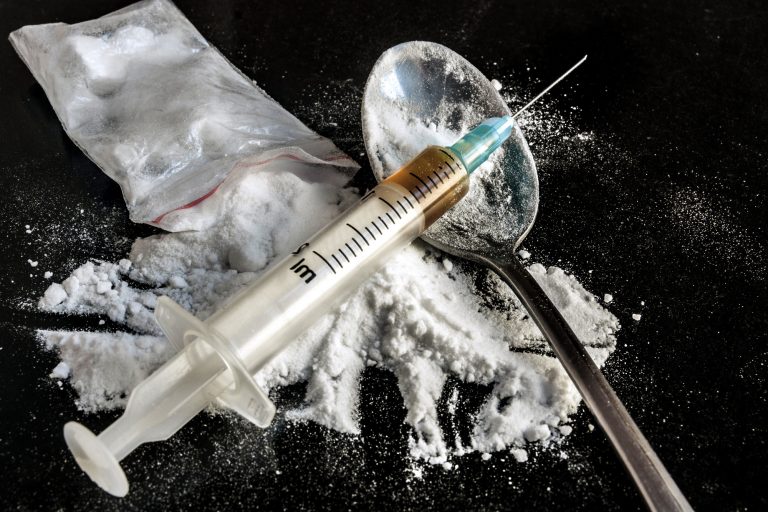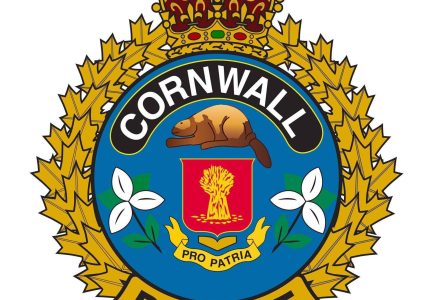CORNWALL, Ontario – In a joint release to the media, the Eastern Ontario Health Unit (EOHU) and Cornwall Police Service (CPS) are warning of increasing numbers of opioid overdoses in Cornwall and the surrounding area.
The overdoses seem to mostly be connected to drugs like purple heroin, which is a mix of fentanyl, benzodiazepines and other substances, or yellow or orange fentanyl, which contains Carfentanil, which the EOHU explains was originally designed to sedate large animals.
“This is a worrying trend because these opioids are stronger and causing more overdoses in users,” says Dr. Paul Roumeliotis, Medical Officer of Health at the EOHU. “I can’t stress how important it is for all users to have Naloxone on hand when they are using these drugs. I am also concerned because Naloxone is not effective on individuals who have overdosed on benzodiazepines. This is why I strongly urge anyone who suspects a person is having an overdose to call 911 right away, even before they administer naloxone.”
“Opioids are endangering the lives of vulnerable members of our community and we are dependent on everyone to take this messaging seriously,” said CPS Inspector of Field Operations, Chad Maxwell. “We are asking the public to please help us spread the word to friends and family members who suffer from addiction and opioid use disorder to assure them that help is available.”
CPS and EOHU discourage everyone from using these drugs, but recognize that some will still use them regardless. The EOHU has provided the following advice for anyone consuming these street drugs:
- Never use alone
- If you are going to use alone, call the National Overdose Response Service at 1 888 688-6677. A non-judgmental peer will stay on the line with you for approximately 30 minutes to provide support if needed.
- Use only where help is available
- Don’t mix drugs
- Take a test dose and wait before taking more of the drug
- Get a free naloxone kit that can help to reverse the effects of an opioid overdose
Opioid overdoses slow or stop the part of the brain that controls breathing, resulting in death. The following are signs of an overdose:
- They may be nodding off, not waking up easily, or unresponsive
- They may be breathing very slowly or not at all
- Their lips and fingernails are blue/grey
- Their skin is cold and clammy
- Their body may be limp, possibly very tense or they may be shaking
- They may be snoring or gurgling
- They may foam at the mouth or throw up
If anyone witnesses an overdose, they should call 911 for medical assistance immediately, as naloxone may not be enough to reverse its effects.
To learn more about naloxone overdose prevention kits and where you can find them, visit the Fentanyl page of the EOHU’s website at www.EOHU.ca, or visit www.ontario.ca/naloxone. You can also call the EOHU at 613-933-1375 or 1 800 267-7120.




